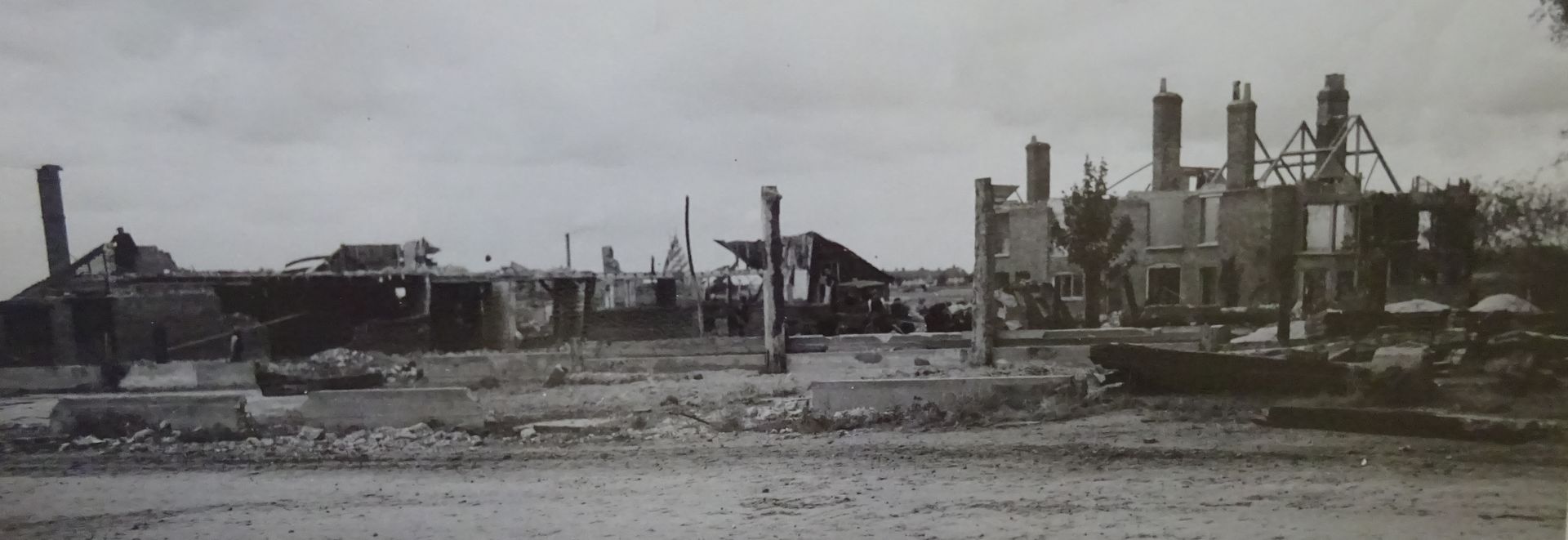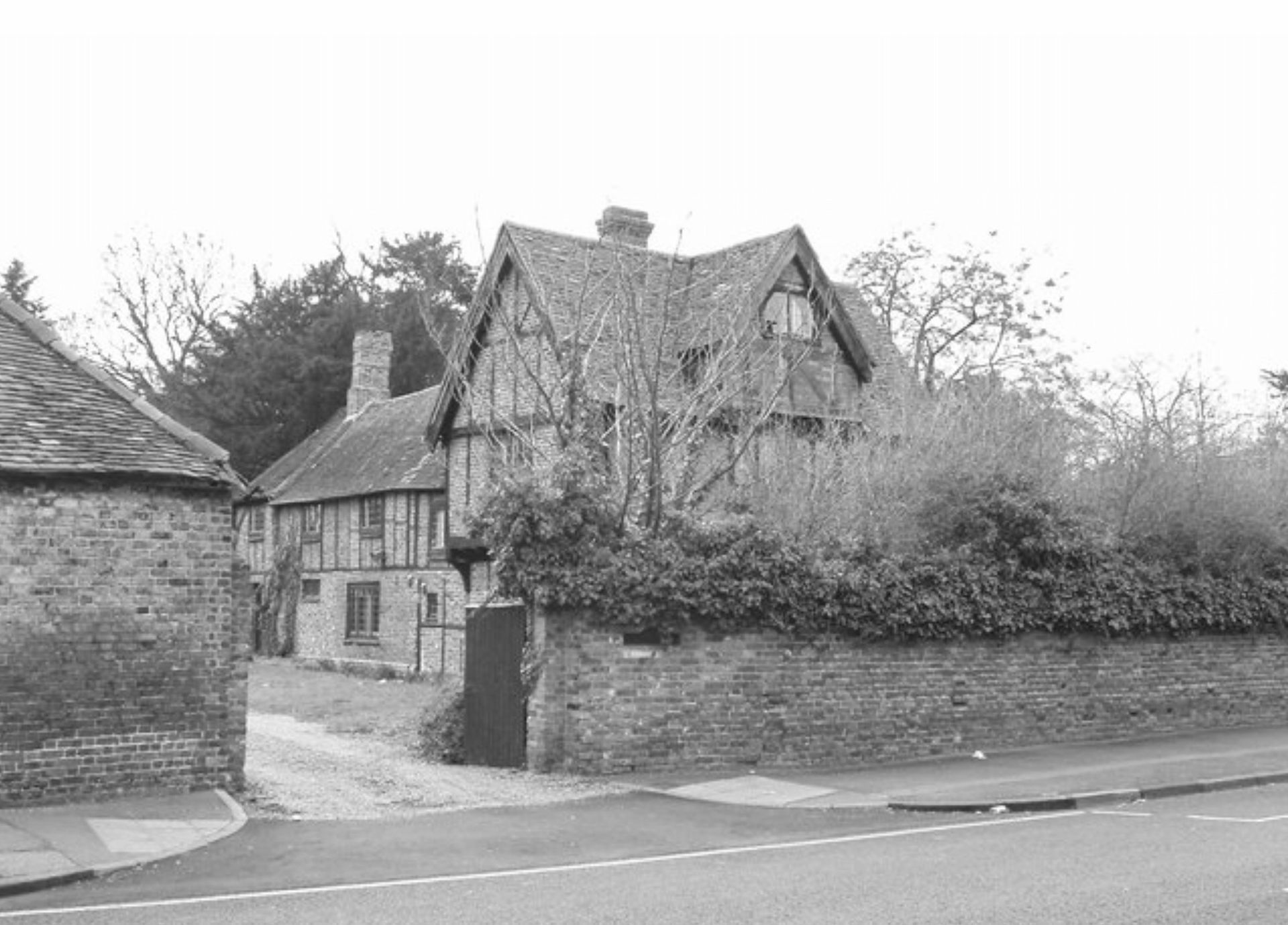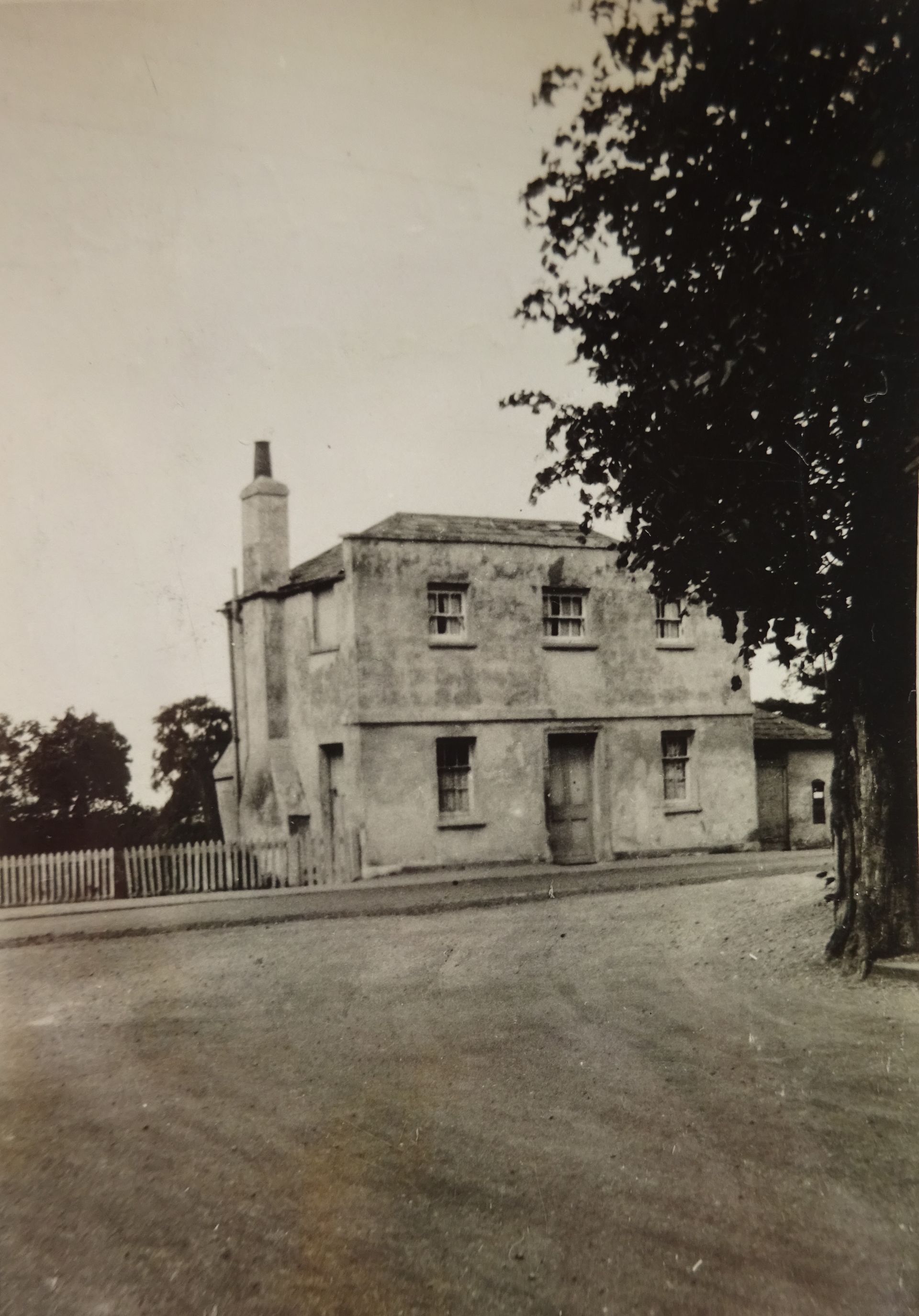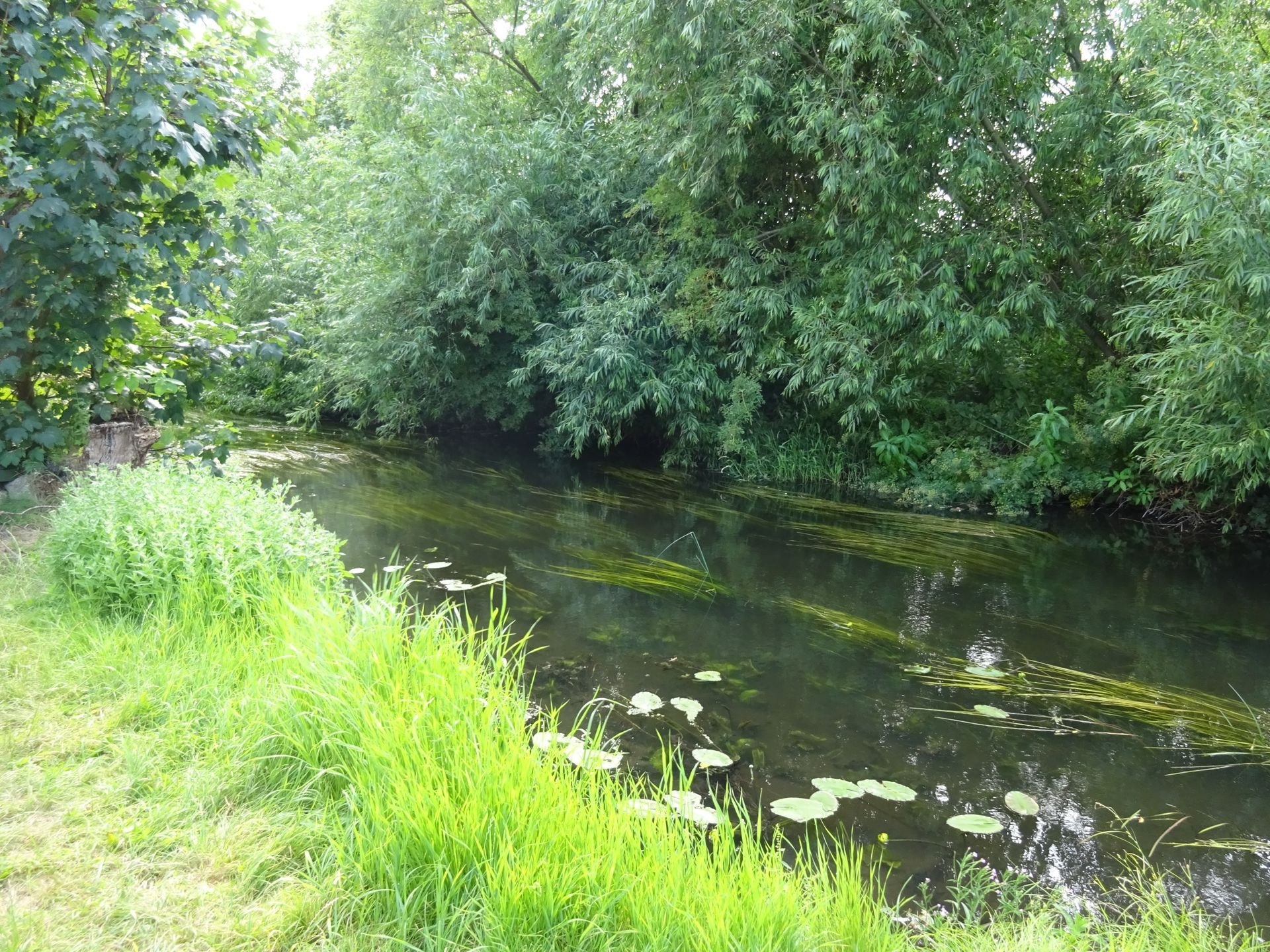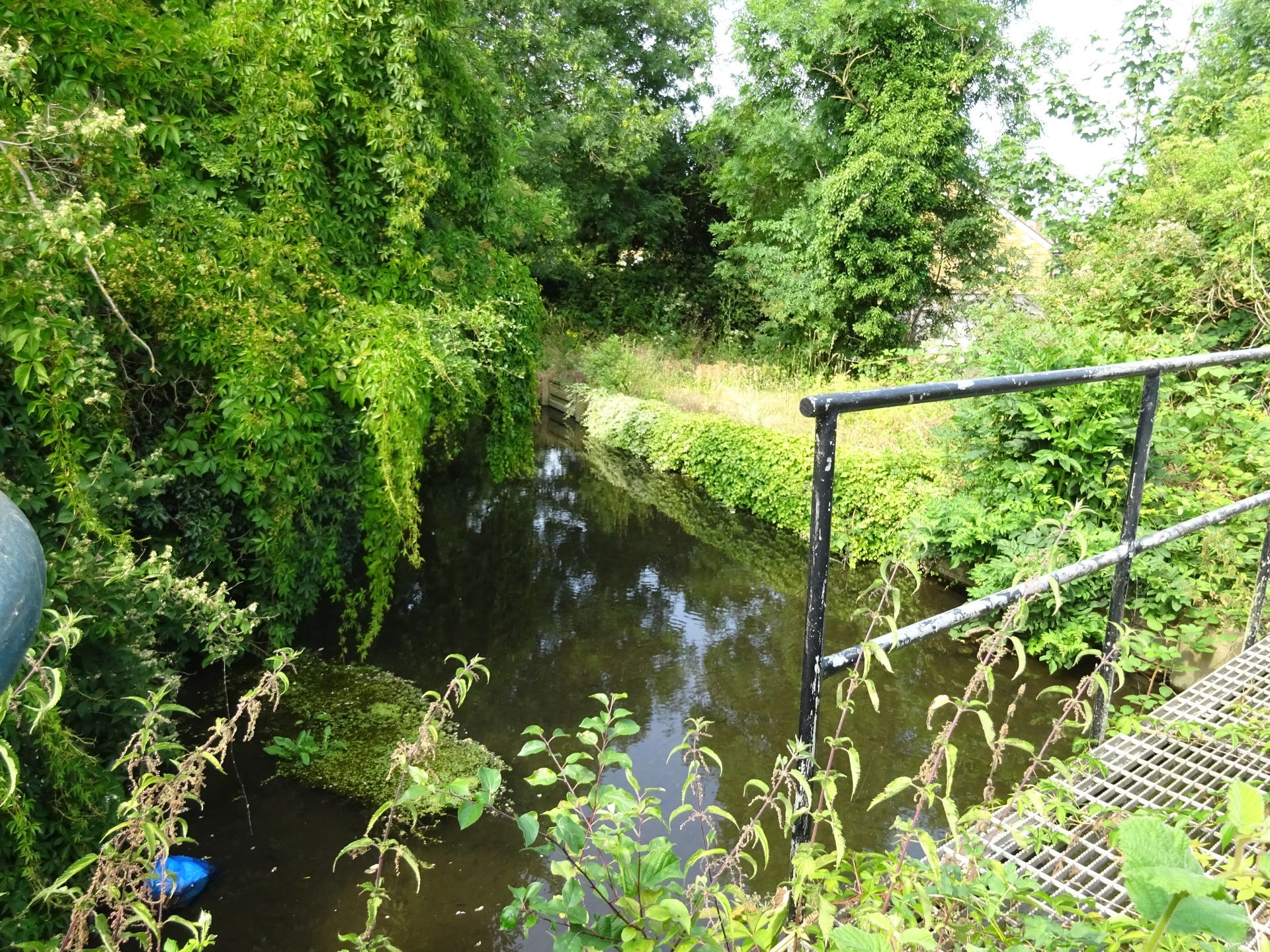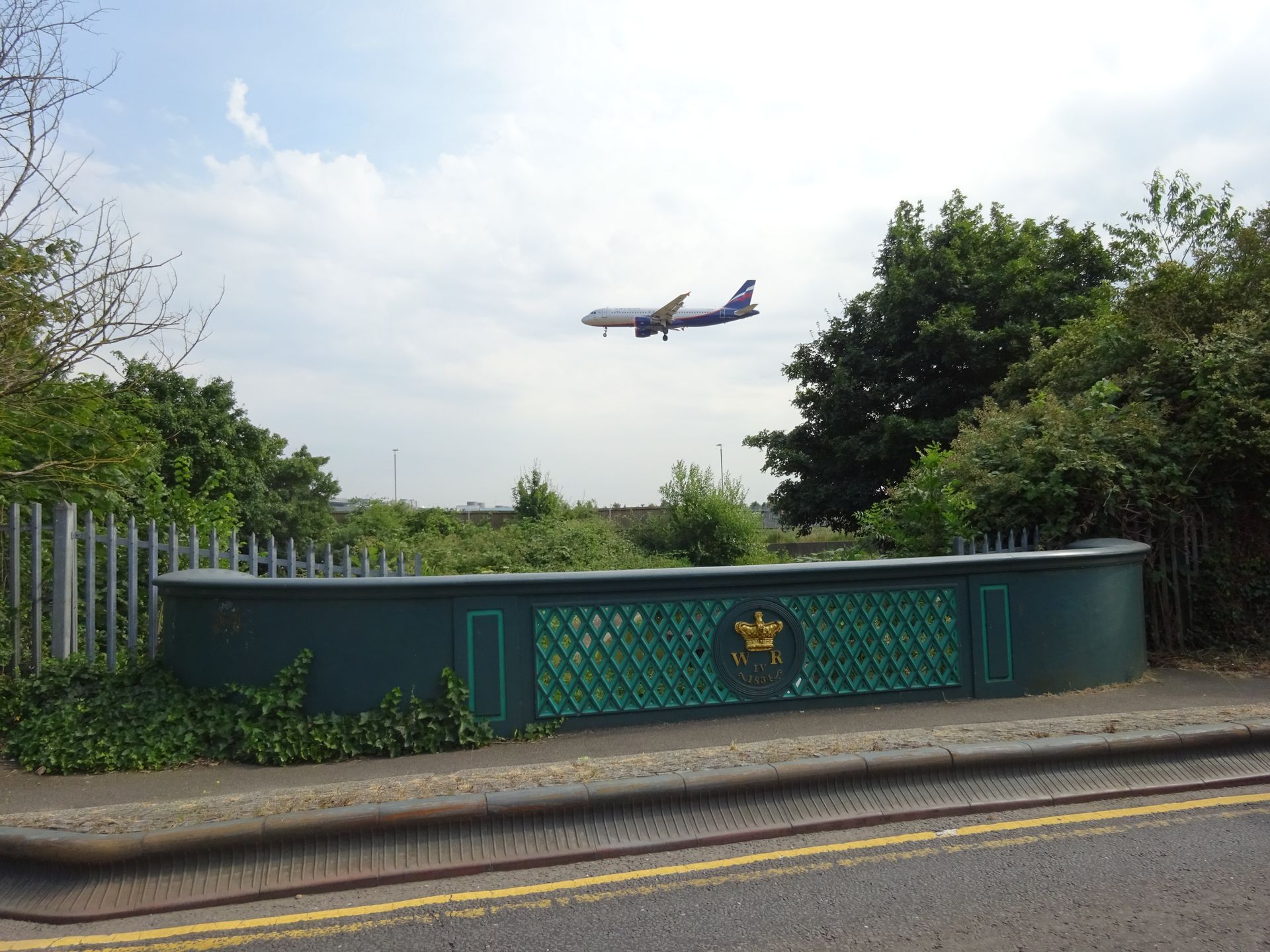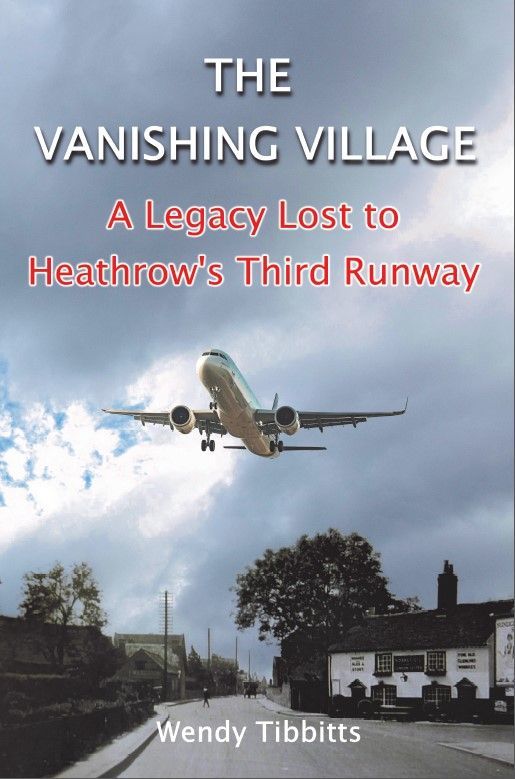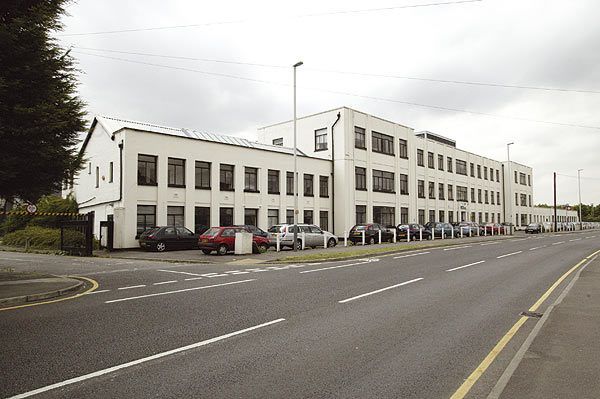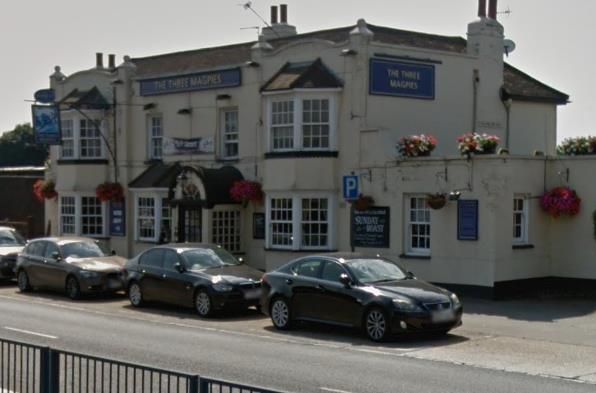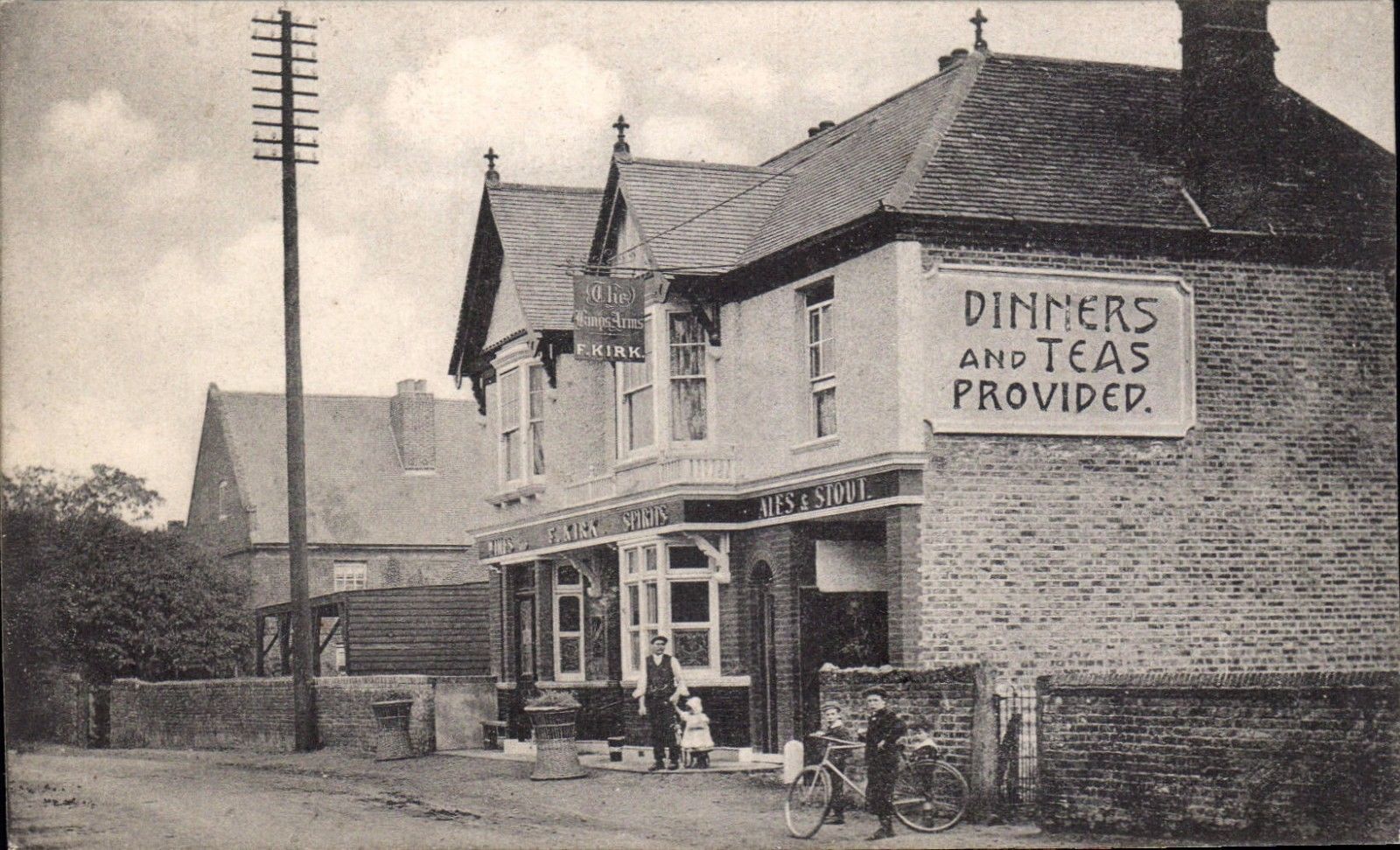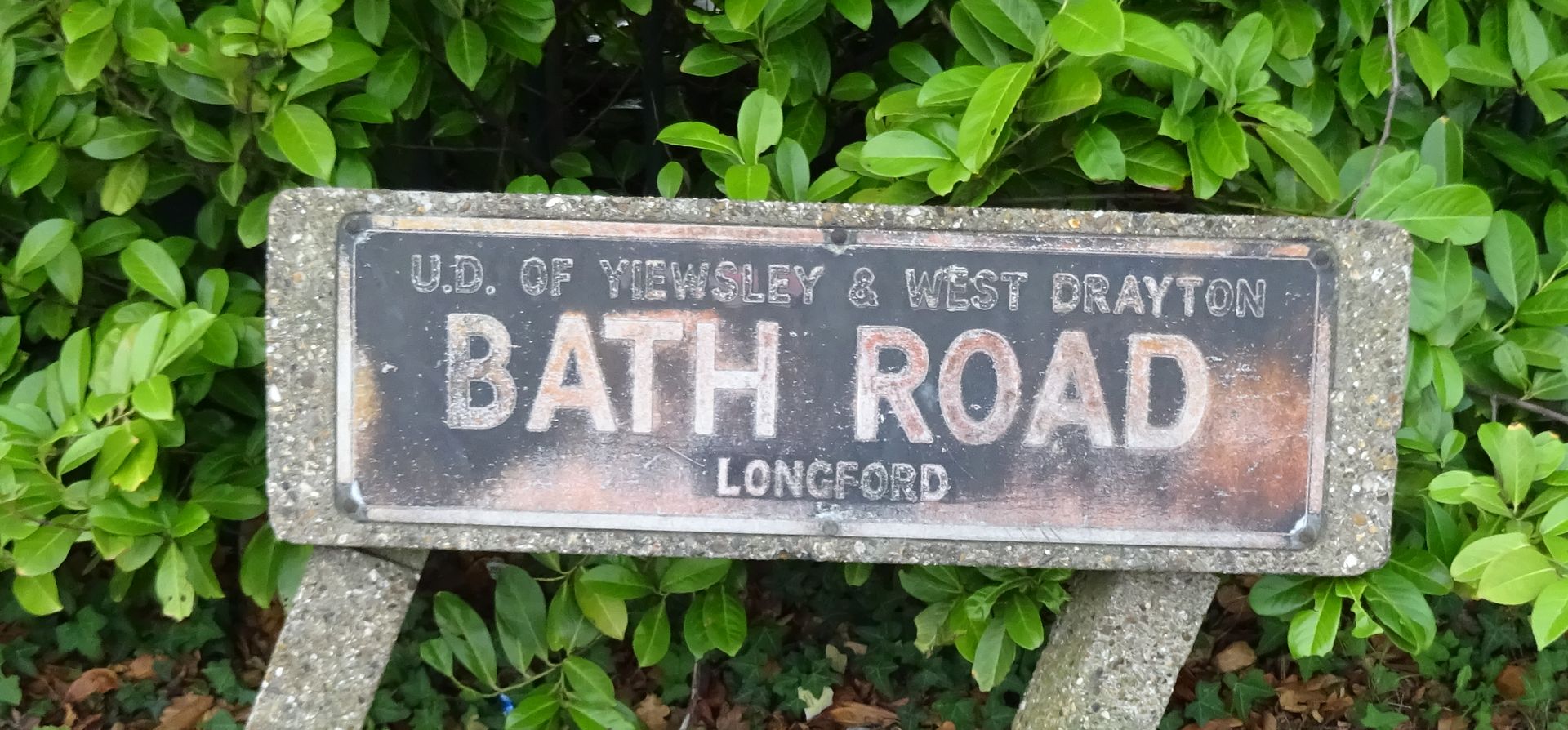The river built for a King’s vanity.
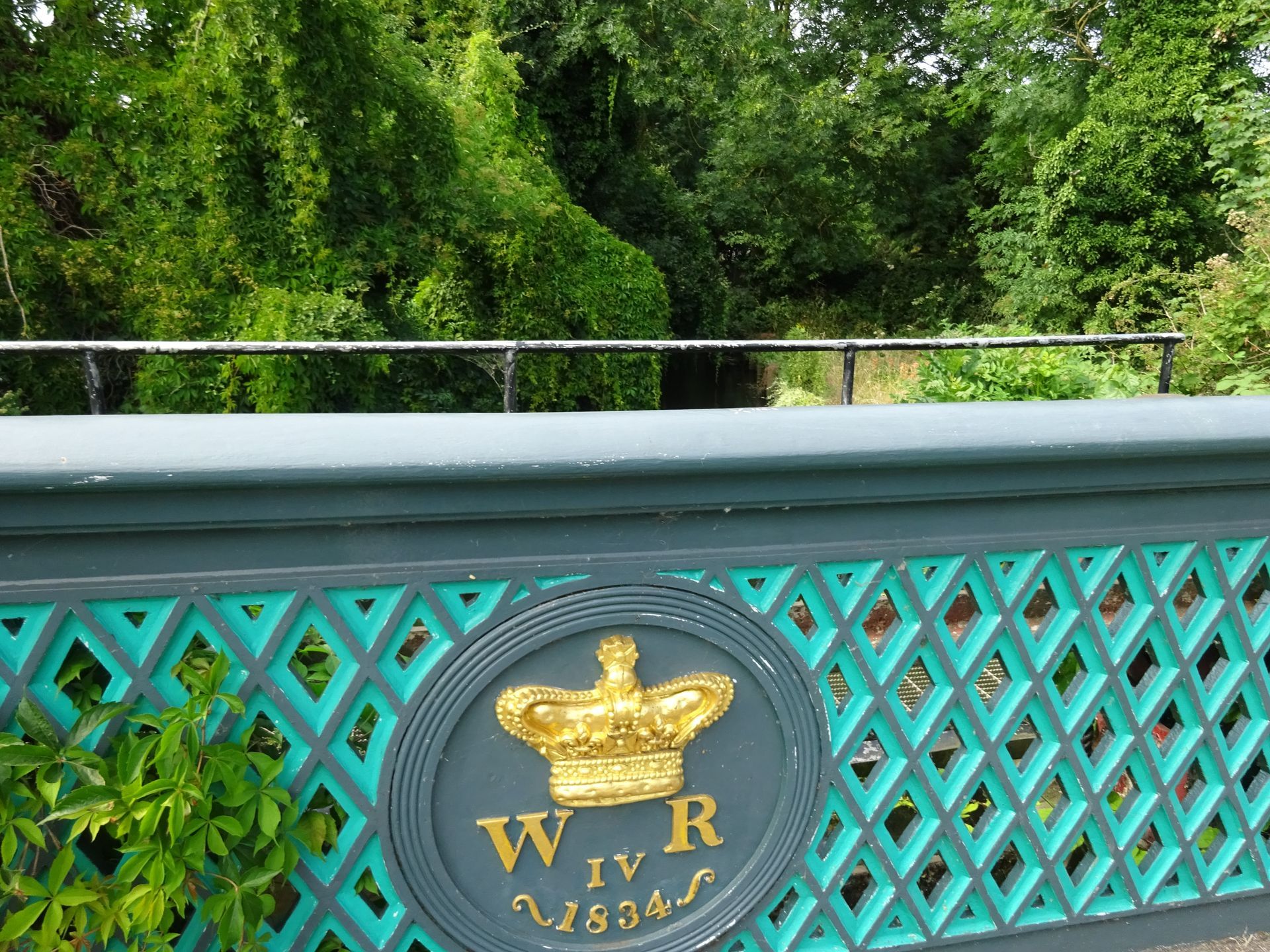
The Longford River, in Middlesex, is not a river but a canal cut by a King and now owned by a King. It starts from a place on the Colne/Wraysbury river in the village of Longford at a point just after an island of four acres. The main river flows on to join the Thames at Staines, whilst the man-made river flows south. This passes through the Middlesex villages of Stanwell and Bedfont where it is only metres away from one of Europe’s busiest Airports. It then flows through Feltham, Hanworth Park, Hampton and Bushy Park before fulfilling its purpose in the Hampton Court Palace water gardens and exiting into the River Thames.
This artificial river was dug on the orders of Charles I in 1638 to improve the flow of water to the Hampton Court fountains.[1] He designed the fountains to impress his wife, Henrietta Maria. It was often known as the King’s, Queen’s or Cardinal’s river, but is now universally known as the Longford River and is still Crown property.
Soon after the river leaves the River Colne at the Saxon village of Longford it crosses The Great Bath Road. This busy road, which leads to Windsor, Reading and Bath, was once in constant use by horses, carts and carriages. After years of coachmen having to negotiate the narrow bridge that crossed the Kings River, and over which successive Monarchs had been driven on their journey’s to and from Windsor, King William IV decided to do something about it. In 1834 he had built a cast iron bridge bordered on each side by an elliptical arch with a parapet with a trellis design. In the centre of the arch is a plaque with a raised crown and underneath “WR IV 1834”. This is now a Grade II listed structure.
As Crown property the river was strictly monitored to prevent any external encroachments on the river or its surroundings. In Victorian times only those granted permission by Mr. Jesse the Superintendent of Palaces were allowed to fish in the river. One of those granted a line permit was William Singleton, a grocer from Hampton. He was fishing at 7pm on 31 August 1846 when he saw two men retrieving stunned or dying fish that were floating on the surface from the river. The following morning about 6am a local Surgeon, Henry Jepson, who also had a permit, was fishing with a line when he was asked by Mr Plumbridge, a river inspector, whether he had seen anyone on the riverbank. Mr Plumbridge had received information that fish had been seen floating in the river, and a passerby had pointed out two suspicious men. Fifteen minutes later, the Doctor saw two men on the bridge looking down into the shallow water. It was a while before he saw what they were looking at until he spotted, laying on the bottom of the river, several large fish some dying, and some dead—they appeared to be under the influence of some narcotic and as he looked he saw more. They were everywhere. He pulled a couple of the roach out of the water and took them home to examine them. Later that evening, in the presence of Mr Plumbridge and of Mr Benbow, the local chemist, he surgically cut them open and discovered they had deep yellow matter in their stomachs, which he knew to be characteristics of the coculus indicus plant. This plant often called the Indian berry or fishberry induces stupefying effects, and although a poison was, until it was banned in the mid-nineteenth century, sometimes added to cheap beer to make it more intoxicating. Adding the berries or a paste of the berries would have stupefied the fish making them easier to catch. At the subsequent trial at the Old Bailey on 21 September 1846, nineteen year old Jesse Lucas, one of the men looking over the bridge, stood in the Dock. George Henry Benbow, a chemist from Hampton gave evidence that the accused came into his shop on the afternoon of 31 August and bought half-an-ounce of coculus indicus.
Mr Benbow said, “he did not ask for it by that name—I do not remember the name he called it—it is called by so many names—it was the common name—but I sold him half an ounce of coccnlus indicus—he did not say what he wanted it for—before he left the shop I cantioned him—I told him it was transportation to use it—I did not say what for”.
He told the Court that he was present when Mr Jepson opened the fish that had been removed from the river. “I am satisfied that what was found was coculus indicus—I know that it is sometimes mixed with dough and put into the water.”
Jesse Lucas was born in Hampton Common.[2] His father had died when he was a baby and he had been in trouble before, but had been holding down a job as a bricklayers’ labourer for the last 18 months. Now he was in serious trouble. When the two men were arrested, Lucas’s companion, Jim Lee, sprinted away and was never found. At the trial Jesse Lucas’ defence statement was, “I never chucked any stuff in.” Nevertheless he was found guilty and sentenced to transportation for seven years. He was first taken to Pentonville Prison and then transferred to Millbank and a prison hulk. Weighing 9st 11lbs he had to do hard labour until after eighteen months he was put on board the Anna Maria and sailed for Port Phillip, Melbourne, Australia. He then disappears from the records.
Fishing was not the only activity restricted by the Crown authorities. It was an offence to use the water for irrigation or to damage the river or its banks with any type of construction other than that authorised by the Crown authorities. In 1836 William Stevens of Longford was summoned before the Magistrates Court by the Superintendent of the water supply belonging to her Majesty to Hampton Court. Stevens was charged with pulling down and damaging the palisade fence enclosing the river. He was convicted with a penalty of twelve shillings and costs and sent to the treadmill for one month.[3]
The Crown employed men to help maintain the river, one such riverman was Thomas Hedges. He lived at the Kings Arms in Longford village. He used a long shallow boat like a punt to dredge the river and keep the banks clear of weeds. Hedges also had an obligation to report on misuse of the river. On 12 August 1878 Mr. Hedges was in the Kings Arm’s tap room when a labourer called Edmund Buckland accused Hedges of not lending him his boat. Hedges said he wouldn’t lend it to him and an argument broke out which resulted in a fight, although Hedges did not return the blows. Buckland was drunk and had previous convictions and was upset that Hedges had caught him netting the river. Buckland was found guilty of assault and was fined fifteen shillings (a week’s wages).[4]
The bridges over the Longford river had been maintained by the Crown authorities, but complaints about the narrowness of the bridges for modern traffic, caused conflict between the local council and H.M. Office of Works in the late 19th century. The Board declared it did not have a budget for replacing the bridges, nor were they willing to assign additional land for a wider bridge. In 1901 an attempt was made for the Middlesex County Council to take over the ownership of the bridges from the Crown, but negotiations broke down. The issue was still unresolved in 1913, when H.M. Office of Works said they had no money for bridge improvements but they were willing to re-open negotiations about the ownership of the bridges.[5] In fact under the Crown Lands Act 1906 bridges owned by the Crown could be transferred to any authority “willing and able to accept such a conveyance”. So one by one the local councils along the route of the Longford river applied to take responsibility for a bridge in their area and removing the necessity to keep applying the Crown when maintenance or improvements were necessary. They were however to do nothing that would interfere with the flow of the river.[6]
As well as the issue of the bridges there were other construction issues. There was a smallpox outbreak in 1907 and the Staines council wanted to build an isolation hospital near the Longford River. The Crown authorities objected strongly to this, the inference being that the river could be contaminated in some way.[7] In 1914 Feltham council applied to H.M. Office of Works for permission to utilise a portion of the Longford River as a bathing place, but permission was refused. However they did concede that if the Council wanted to build a swimming bath near to the river then, on receiving details, they would sanction the use of the water from the river. Council Surveyors estimated that such a swimming bath would cost £830, but with the start of the First World War, the Council decided to defer the proposal at that time.[8]
Occasionally nature interfered with river. In severe winters the river would freeze over. At other times the storms caused flooding. Cottages next to the river in Stanwell were flooded in 1914 and the council requested that the surface water be allowed to drain into the Longford river, but the Crown objected as they felt it would cause pollution.[9]
This water hazard also caused tragedy. In Hanworth in 1894 72 year old Charlotte Penfold accidentally fell in the river. Her body was seen floating down stream face down by a neighbour William Morgan. He managed to get her out of the water and called a doctor, but she was pronounced dead. At her inquest it was explained that she had recently had influenza and was still groggy when she went to the river bank to feed the ducks. It was thought she had become dizzy and fallen in and a verdict was returned of Accidental Death. Mrs Penfold had been a respected member of the parish of Hanworth for 35 years. Her late husband was the foreman at Curtis and Harveys Mills (gunpowder mill on Hounslow Heath) for many years. Another long-term worker from Curtis and Harvey accidentally drowned in the river in 1922. George Rowe, aged 71, of River View Villas, Bedfont, fell in the river. He was in the habit of rising early and walking along the banks to see his son.[10] Not all drownings were accidental. Elizabeth Martin, aged 31, was found drowned in the river, after leaving her three children with a neighbour and a note for her husband, who was working away. The inquest verdict was suicide.[11]
When Charles I began his quest for a picturesque water garden at Hampton Court and spared no expense in getting twelve miles of waterway cut from the Colne River to feed it, he probably never envisaged the growth of Middlesex surburbia, nor transport such as planes and automobiles. But the fact that it has survived for 385 years through changing times, and its tranquil waters and natural habitats have given pleasure to many over that time means that the river is well-loved and admired. It will be sad to see it disappear into a culvert at Longford if the third runway is built at Heathrow airport and the village of Longford is demolished.
Wendy Tibbitts is the author of “Longford: A Village in Limbo” now available in paperback and ebook.
For a “Look Inside” option for this book go to https://b2l.bz/WUf9dc
[1] Wikipedia.
https://commons.m.wikimedia.org/wiki/File:Longford_River_at_Bedfont_-_water_for_Hampton_Court_-_geograph.org.uk_-_112074.jpg
[2] Ancestry.co.uk
[3] Windsor and Eton Express – Saturday 24 December 1836.
[4] Uxbridge & W. Drayton Gazette - Saturday 24 August 1878]
[5] Uxbridge & W. Drayton Gazette - Saturday 27 September 1913
[6] Crown Lands Act 1906 An Act to amend the Crown Lands Acts, 1829 to 1894 1906 CHAPTER 28 6 Edw 7
[7] Uxbridge & W. Drayton Gazette - Saturday 28 September 1907
[8] Middlesex Chronicle - Saturday 07 November 1914
[9] Uxbridge & W. Drayton Gazette - Saturday 11 April 1914
[10] Uxbridge & W. Drayton Gazette - Friday 17 February 1922
[11] Uxbridge & W. Drayton Gazette - Saturday 18 April 1908
